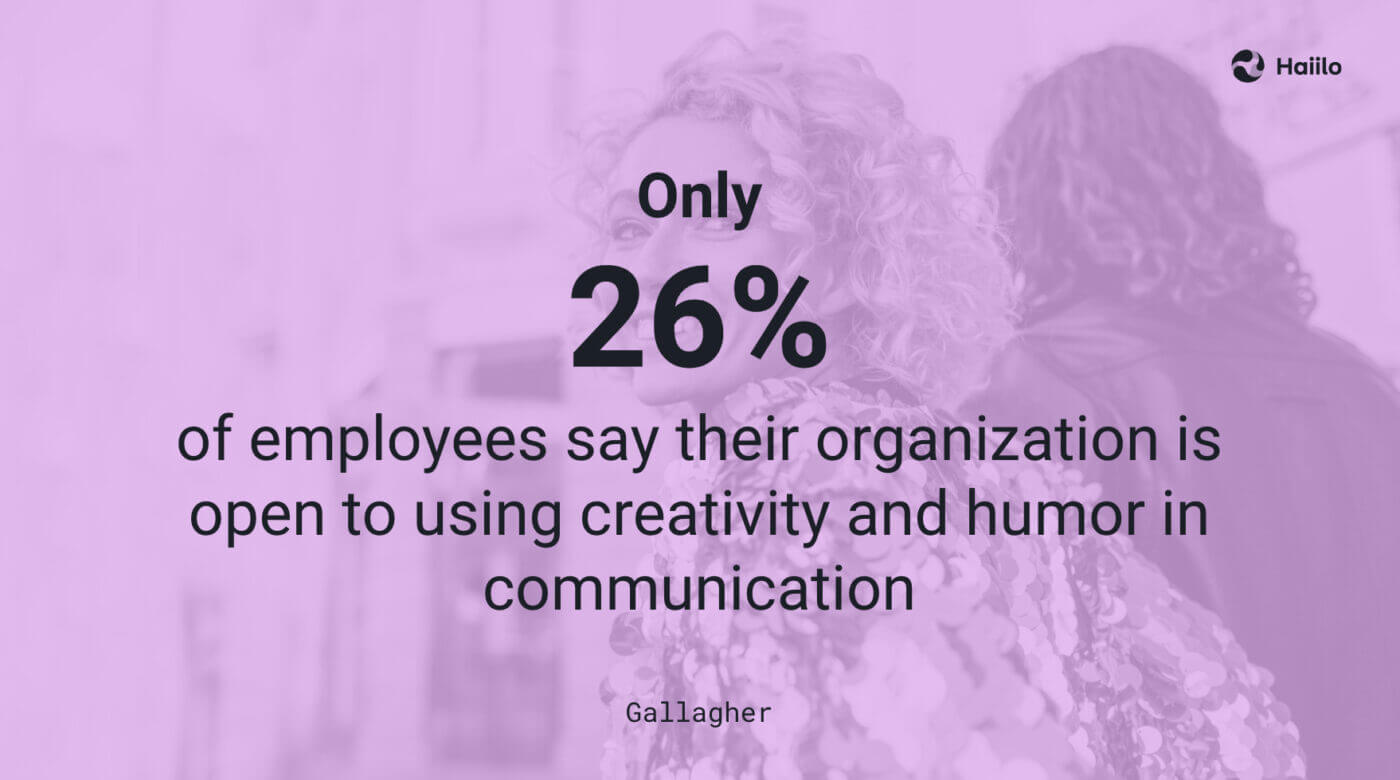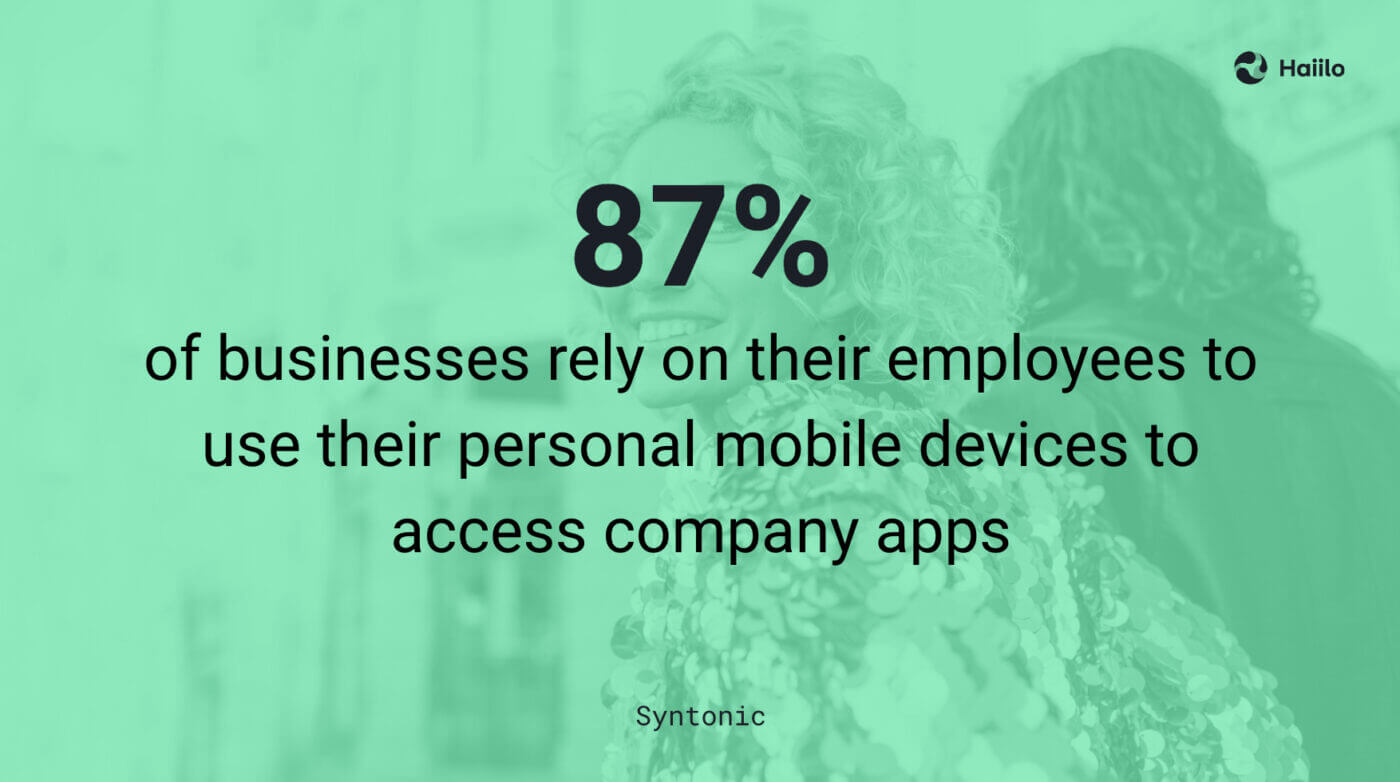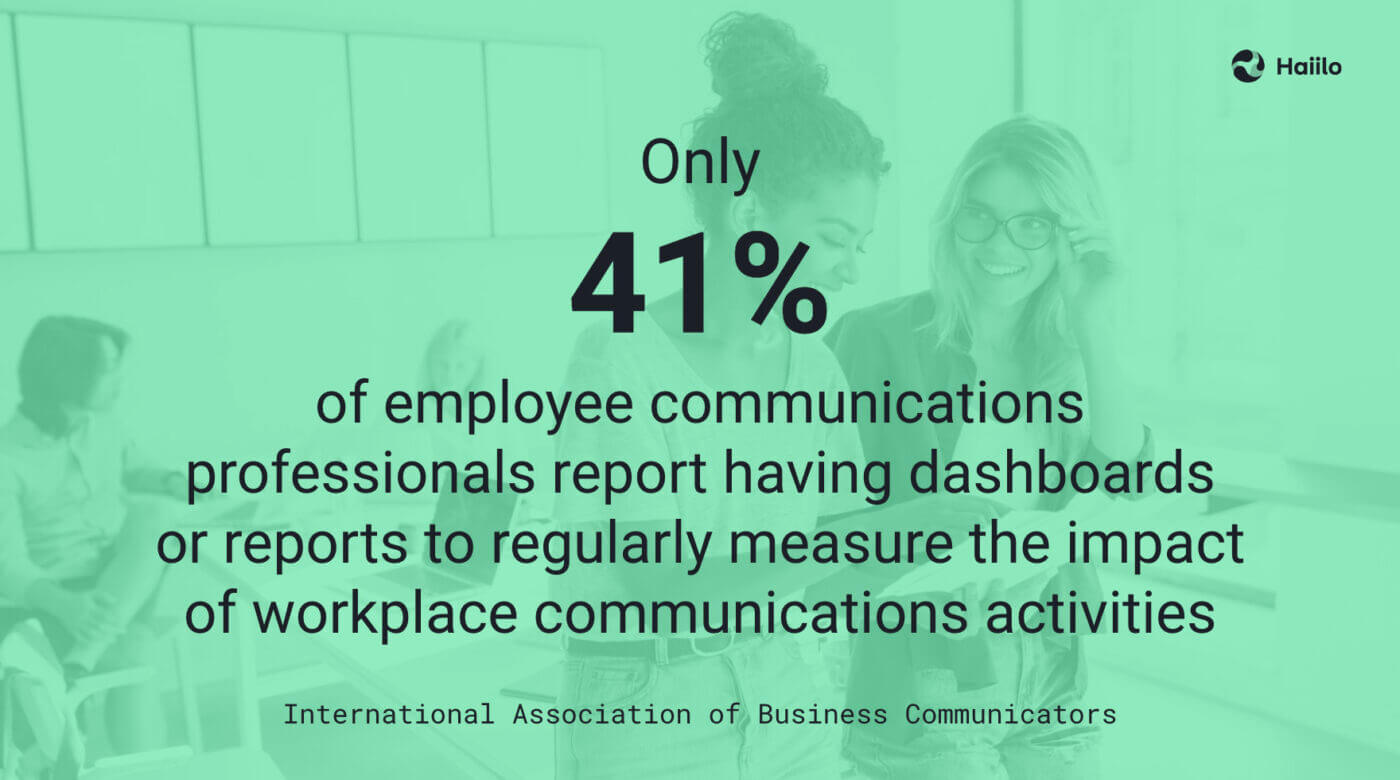Creating more engaging internal content is one of the major priorities for internal communications and HR professionals.
Due to the information overload employees are facing every day, it has become quite challenging to cut through the noise and increase readership and engagement with internal company content.
In this blog, we will share the 9 steps for creating better content and ensuring greater employee engagement.
- 1. Understand Your Employees’ Preferences
- 2. Make Content More PersonalIzed
- 3. Distribute the Content Via the Right Internal Channels
- 4. Enable Social Interactions for More Engagement
- 5. Make Content More Authentic
- 6. Think About Your Mobile Workforce
- 7. Leverage AI for Greater Readership and Efficiency
- 8. Ask Employees for Feedback
- 9. Measure Engagement and Optimize Accordingly
1. Understand Your Employees’ Preferences
Creating and distributing engaging internal content is hard in enterprises with multigenerational and global workforces.
Employees have different content preferences based on their age, culture, location, department, language, interests, and other criteria. Also, some may prefer to consume text-based content, while others may be fans of podcasts, videos, webinars, images or infographics.
So the first step in creating engaging company content is understanding your employees’ preferences. If you have a good understanding of what your employees want and like to read, watch, or listen to, you will have a great baseline for creating content they will want to engage with.
Create more engaging internal content with Haiilo!
Not sure how to get started? You can always ask your employees for input. You can distribute a simple survey asking employees to rate various content types in order of preference.
Here are some ideas:
- Quarterly CEO podcast
- Monthly departmental newsletter with productivity tips
- Employee-generated blogs about their experiences in your organization
- Open Q&A sessions
- Industry-related news and thought leadership content
- Important company updates
- Company awards such as Employer of the Year Award
- And the list goes on
2. Make Content More Personalized
In a study of more than 300 communications and HR professionals––71% said employees don’t read or engage with company emails or content, and one of the major reasons is lack of personalization and relevancy.

So once you understand employee content preferences, you must use these insights to create and send more personalized content.
The days when every employee receives the same type of internal content are over. If you want to ensure greater engagement with internal communications content, you have to make it more relevant to the end audience.
You could use the insights from the employee survey to create employee personas and employee journeys based on departments, job functions, and content preferences.
Internal communications departments should be responsible for creating content editorial calendars and managing content approval processes for a more efficient and streamlined internal communications strategy.
Ideally, your company’s intranet should enable you to curate and publish content in one place and make it highly relevant through dynamic audience targeting.
3. Distribute the Content Via the Right Internal Channels
Today, employees use multiple channels to communicate and collaborate with their employers and their peers. Some of these channels include email, instant messaging platforms such as Slack and MS Teams, project management tools, video conferencing, SharePoint, and other solutions.
According to Gartner research, the average desk worker uses 11 applications to complete their tasks, up from just six in 2019. Despite the expanded toolset, nearly half of employees say they struggle to find the information they need to complete work. More than one-third missed important updates due to the multitude of apps and the volume of data flowing through them.
To eliminate this challenge, HR and communications professionals need to adopt and nurture a multichannel communications strategy. Otherwise, content and messages are likely to get lost or ignored by employees, resulting in low engagement with internal content.
The most advanced internal communications platforms are designed to make multichannel comms easy and streamlined. With them, communications managers should be able to distribute personalized internal content to any channel with just a few clicks.
5. Make Content More Authentic
To make your company’s internal content more engaging, it must be authentic.
According to Gallagher’s research:
The COVID-19 pandemic called for greater candidness from leaders and a more genuine tone of voice — illustrated by our 2021 report where 46% anticipated ‘authenticity in messages’ to be an emerging trend over the next two to three years.
Unfortunately, only 26% of employees say their organization is open to using creativity and humor in communication. Furthermore, only 35% of employees feel empowered to inject more personality into their messaging, with many experiencing significant resistance to creativity and humor.

Moving away from rigorous corporate rules and tone of voice can go a long way in making your company’s content more fun, interesting, and engaging for employees.
6. Think About Your Mobile Workforce
According to IBM, only 33% of workers are “tethered” to a single place, like a central office or store. These employees often don’t have the same level of access to company content, information, and documents as office employees do. Consequently, their engagement with the internal company content is much lower, and many of them miss the sense of belongingness to the company and coworkers.
Furthermore, 87% of businesses rely on their employees to use their personal mobile devices to access company apps, according to Syntonic.

Hence, making your company’s content mobile-friendly and accessible from any device is important for driving more engagement and ensuring greater readership.
Ideally, your company’s intranet solution should come with a native mobile app so that every employee can download it on their smartphone. It is important that the app can be white-labeled to match your company’s brand identity.
7. Leverage AI for Greater Readership and Efficiency
According to research, bloggers who use AI spend about 30% less time writing a blog post, and this trend is also becoming popular among internal comms professionals.
Workplace communications professionals shouldn’t spend hours creating and optimizing internal content. The introduction of generative AI made the life of content creators much easier, and the applications in internal communications are numerous.
For example, Haiilo’s AVA enables communicators to create content 10x faster than without using AI. You can write appealing content within a matter of minutes thanks to the platform’s AI-powered content creation integration.
You can ensure all your text is in line with your company’s style and tone and you can simplify and change tonality within a moment.
Last but not least, with AI you can summarize your texts to make them shorter and more appealing to your readers.
8. Ask Employees for Feedback
The best way to continuously optimize your company’s internal content is by asking your employees for their direct feedback.
You can use your employee survey solution to schedule weekly or monthly questionnaires asking questions such as:
- Name the top 5 internal content pieces you found the most useful
- Whose content are you most likely to consume:
- Employee-generated
- Leadership-generated
- Company-generated
- From 1 to 5, how easy is it to find internal company content, documents, and information?
- Which internal communication channel do you mostly use to engage with the company’s internal content?
- Do you have any recommendations for improving our company’s internal content?
Once you collect the responses, it is critical to analyze them and act on feedback. However, analyzing raw survey data can be very hard and time-consuming. Consequently, many employers neglect acting on feedback, which results in overall low engagement with company-wide surveys.
Ideally, your employee survey platform shouldn’t give you just raw data but valuable insights and actionable recommendations for improvement.
9. Measure Engagement and Optimize Accordingly
Even without employee surveys, your internal communication solution should come with built-in analytics and tracking mechanisms to measure your employees’ experience and engagement with the internal content.
According to a survey conducted by the International Association of Business Communicators, 72% of employee communication professionals globally report that internal communication is seen as a key driver of employee engagement with company leadership. However, far fewer (41%) report having dashboards or reports to measure the impact of activities regularly.

Such reports and analytics should clearly show you what content types are most popular among your workforce. Is it articles, webinars, podcasts, or some other content type?
They should give you a clear picture of content preferences and engagement behaviors for various employee personas. Also, advanced analytics features should be able to measure the effectiveness of each of the internal communications channels and give you insights about the best days and times to post new content.
As a result, you can make smarter decisions about how, when, and where to post your company’s internal content to drive maximum reach and engagement.











4. Enable Social Interactions for More Engagement
If your goal is to drive more engagement with your company’s internal content, make sure communications go two-way. Rather than just posting content and hoping your employees read it, ensure your employees can engage with the content, make comments, and respond with reactions.
Support your employees to collaborate and share knowledge by posting questions and answers in relevant groups and channels. The more social interactions your content drives, the more visibility and engagement from the entire workplace.